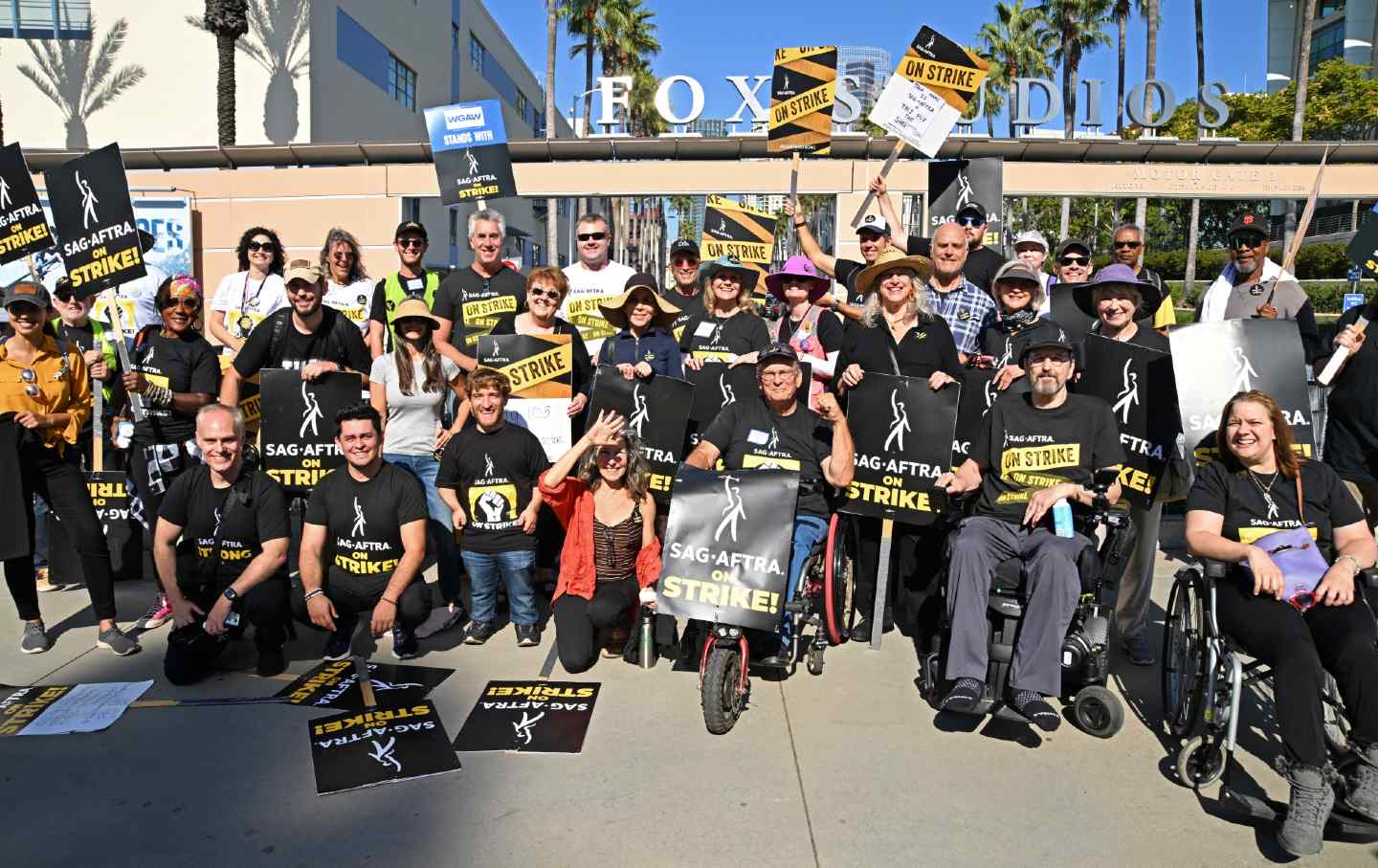For unions, Covid-19 was a wake-up call. Large numbers of unit members were suddenly affected by disability issues: Workers needed paid sick leave, personal protective equipment, workplace accommodations, and help balancing caregiving needs. Disabled union members and organizers, who are often familiar with the Americans with Disabilities Act of 1990 and their rights under the law, became especially important. Many disabled workers told me that since the start of the pandemic, their unions have given them more responsibility and that a union’s willingness to collaborate with disabled members is crucial to determining how effective it can be in helping all of its members.
Bryan noted that the union framework provides an ideal avenue for ensuring that disabled people’s needs are heard. By design, unions uplift all workers by way of facilitating coordinated, collaborative actions. A collective union action pushing for better ventilation at work, for example, has a much higher impact than a single disabled worker asking for this accommodation. Solidarity between disabled and nondisabled members also makes it clear to bosses that workers are invested in inclusion for everyone—and as a marginalized community, disabled people are more vulnerable to discrimination at work that unions can help them fight. For the CFA, that inclusion started with advertising accommodations and supports at meetings to make it clear that disabled workers would be both welcome and heard, increasing meeting turnout and interest in engaging with the union. She said, “If you put the accommodations out there and let people know they’re there, they will come.”


